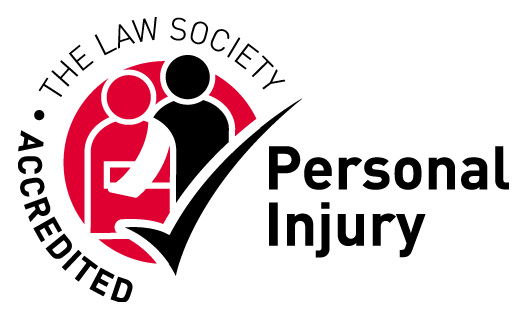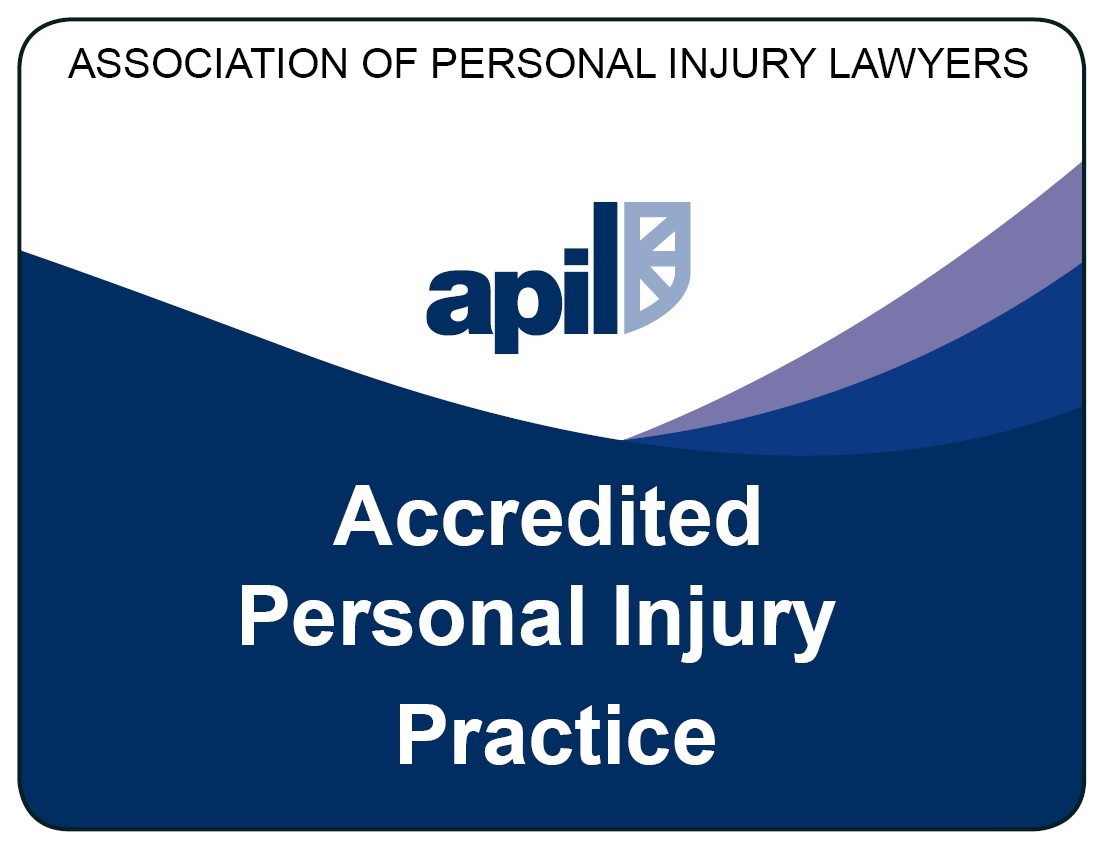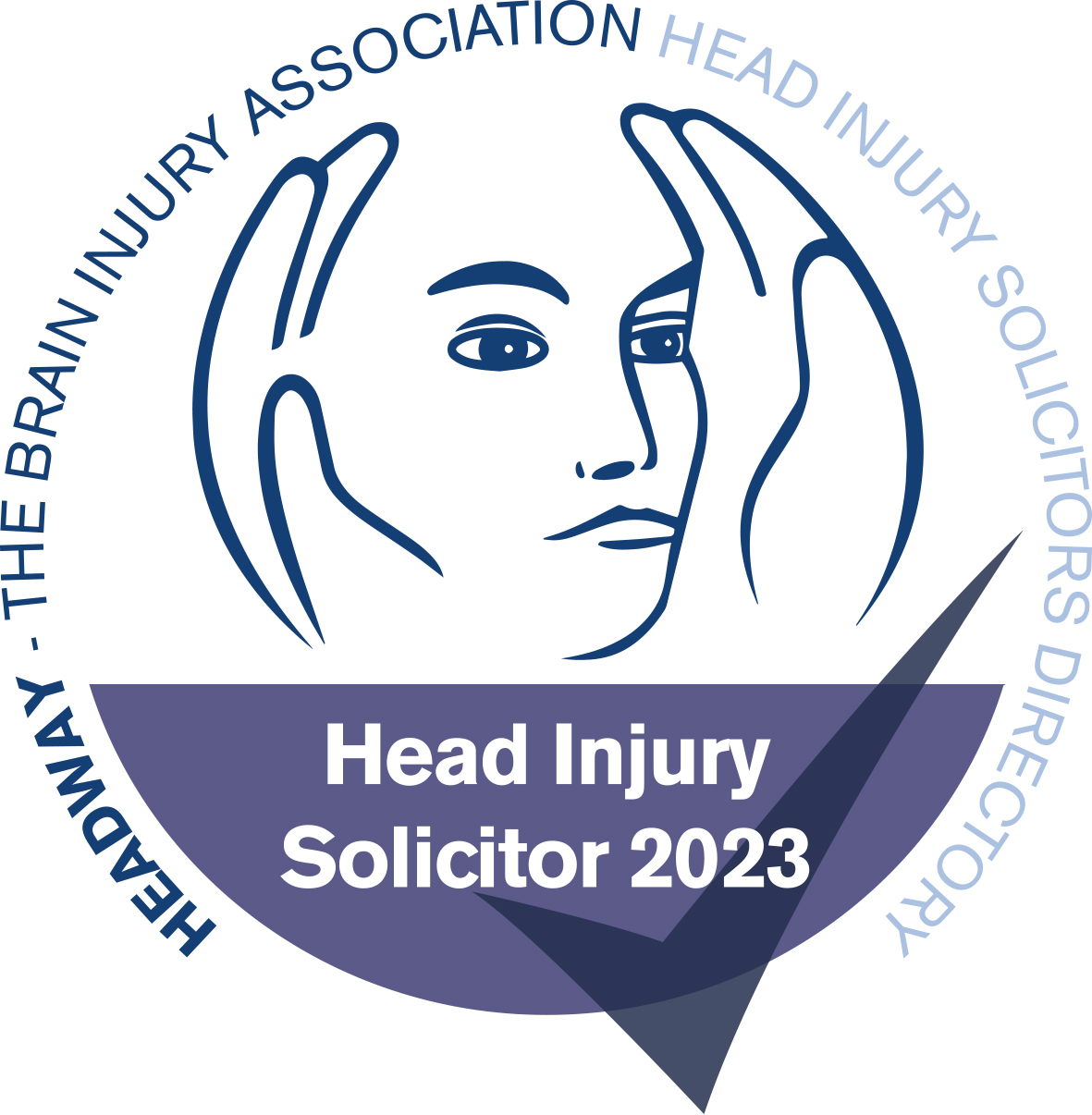



Cyborgs, Prosthetics and Hybrids – Their Personal Injury Rights
Claiming compensation for personal injury helps those who have been injured recover their loss of earnings whilst they recover and can go some way to help compensate for the emotional and physical distress they have endured. In recent years, in the age of technology, some of us have come to depend on our devices to help us live a normal life. Technology can now help some people hear, see, walk and some even have prosthetics to replace lost limbs. More commonly, we rely on our smartphones and apps such as whether through Whatsapp or Facebook to talk to our family and friends. But what happens these devices become damaged? Some people feel they simply can’t go about their lives until their device is repaired. Some gadgets are easier to replace, like your smartphone (as long as you have insurance otherwise you’re facing a hefty bill), or even a hearing aid, but what about those who depend on prosthetic limbs and wheelchairs to get around? Replacing and getting used to the replacement can often be a time-consuming process.
Should personal injury firms and insurance companies update their policies and offerings to include the 21st-century hybrid human, the cyborg? In our opinion, yes! Thanks to technological advances, it’s possible that the concept of being disabled will eventually become a thing of the past, and insurance companies need to be on the ball with the changing relationship with our technology. In the past decade, prosthetics have come a long way from being merely manual false limbs.
Recently a new concept of prosthetics has emerged, called ‘neuroprosthetics’. Neuroprosthetics are essentially prosthetics that interact directly with the nervous system using electrical impulses to allow the individual to use the prosthetic as if it were their own leg. They enable the user to anticipate movements and provide sensory feedback, like feeling sand in between your feet. The good thing about these neuroprosthetics is the user won’t feel any physical pain if they damage it, unlike with a natural limb. However, if the user cannot feel pain, they may be automatically discounted from any personal injury case as technically, there will be no injury, just damage to a piece of equipment. However, the claimant would still experience some of the physical effects and emotional effects an abled personal injury client would, such as loss of mobility, a recovery period (involving the repair or replacement of the prosthetic) along with other consequences.
Some people hope for further human/technological integrations including going as far as full integration, essentially becoming cyborgs! With boundaries being pushed, insurance companies most definitely need to amend their policies to reflect these changes in human behaviour and how we interact with our technology. Since the 1980s, we’ve already seen the beginning of this full hybrid integration with the use of cryonics. It’s been more successful in the United States than anywhere else however, but the hope for these individuals who have had their brains cryogenically frozen is that they’ll be revived in human or robot form when we have invented the technology to do so.
Will the future of insurance policies and personal injury claiming also include robots using artificial intelligence? Expectations are high for these robots with the hope that they’ll look, behave, act, feel and learn like humans. If they’re human in every way apart from their physical structure, are they eligible to claim compensation for personal injury? That’s a question that’s probably best asked in the next century or so!
Back to the argument about prosthetics and personal injury, people have emergency operations all the time to potentially save a limb or an eye, for example. In the UK, these procedures are covered by the NHS or if a patient has private healthcare, by their insurers. What if a patient had a damaged prosthetic that was essential to them living their life? Neuroprosthetic limbs can cost around £25,000 to £50,000+, whereas our actual bodies as a commodity (displayed in an exhibition, for example) would fetch roughly £20,000 in total. The emotional value of our limbs are most definitely much greater than any prosthetic but the material value of any prosthetic massively outweighs that of a natural limb. Could the prosthetics sector start its own NHS with instead of nurses and doctors, engineers to fix these highly expensive and complicated pieces of equipment just like a doctor would save cyborgs-prosthetics-and-hybrids-their-personal-injury-rightsa limb? The NHS provides devices such as hearing aids and manual prosthetics but with some neuroprosthetics coming in at £50k+, it might not be feasible for the NHS to provide them, leaving amputees stuck with the cheaper manual prosthetic.
Another thing to note is that prosthetics, including neuroprosthetics, aren’t for everyone. They require a lot of energy due to loss of muscle and bone, and if you suffer from certain conditions, like a heart condition, it’s not recommended that you have one; instead you will be given a cosmetic limb, purely for aesthetic purposes and not for mobility. The most commonly used neuroprosthetic at the moment is the cochlear implant – a hearing device implanted into a person’s head. This device has been a blessing for many as it gives people who are completely deaf the gift of hearing. It is also available on the NHS – so could we see more of these types of neuroprosthetic devices available on the NHS in the future? However, the criteria for a cochlear implant is extremely strict as the cost to the NHS for each one is £25,000. In terms of personal injury, these devices are also covered if they had been fitted by the NHS but if an individual get one fitted privately, they need to be privately insured as the procedure will not be covered under their private healthcare costs. The devices have also caused controversy within the deaf community. People who had one fitted but never learnt how to speak a language due to being born deaf or became deaf before they were able to learn one have been thrust into a world of English speakers where sign language is almost obsolete beyond the deaf community. To adapt to their new lives, they’ve been required to learn English, a time intensive and laborious task for anyone, particularly an adult. Imagine moving to Japan having never spoken or heard Japanese and then having to learn the language from scratch because if you don’t learn it or pick it up quick enough then you just simply get left behind by society. The cochlear implant is only a real benefit to those who became deaf after they learnt a language or those who were given the device at an early age.
On the other hand, it could be argued that firms shouldn’t have to insure their cliecyborgs-prosthetics-and-hybrids-their-personal-injury-rightsnts for their prosthetics. The aim of personal injury firms and insurance providers (for this type of insurance) is to protect you against the costs of healthcare and any recuperation, not to achieve compensation to cover added extras including expensive prosthetics. If insurance companies were to add this sort of cover to each and every one of their clients’ policies, issues could arise with how economically or politically viable this sort of cover is for the firm. Most insurance companies state that if you have any pre-existing condition related to your limbs or if a prosthetic, you may not be able to get cover or if you are, it is likely to be very expensive?
As technology develops, we can see just how rapidly it can also become obsolete. For example, the first generation iPhone was released 9 years ago, but now every component is obsolete compared to Apple’s latest models. The efficiency and features of the most recent iPhones would have seemed unimaginable to most in 2007, such as fingerprint scanning technology. The phones have got larger but their weight and width have decreased massively; the screen size of the 6s Plus is now almost twice the size of the first generation iPhone and weighs only 50 grams more. Neuroprosthetics are very similar; while the technology is still in the early stages, it is undergoing massive development. A prosthetic in 2016 may be twice as efficient as one made in 2014 and so on for 2018, so when does a worthy neuroprosthetic come along that’s worth insuring for a lifetime?
To wrap up, the technological age has helped us massively so far, we’re more efficiecyborgs-prosthetics-and-hybrids-their-personal-injury-rightsnt in everything we do and our lives are easier as a result of computers, gadgets and the internet, but we’re still at the beginning of this new era. Can we keep up with this speed of progression? And if so, how do we protect both our technology and ourselves through circumstances such as personal injury cases that may arise in the new technological age.
Have you been involved in an accident that wasn’t your fault? We have over 20 years’ experience in personal injury cases at Jefferies Solicitors and work on a no win, no fee basis. If you believe you have a case or would like to enquire to check your eligibility, you can call our team on 0800 342 3206 or fill in our online form and one of our lawyers will be in contact shortly.
Published on 30th March 2016.





